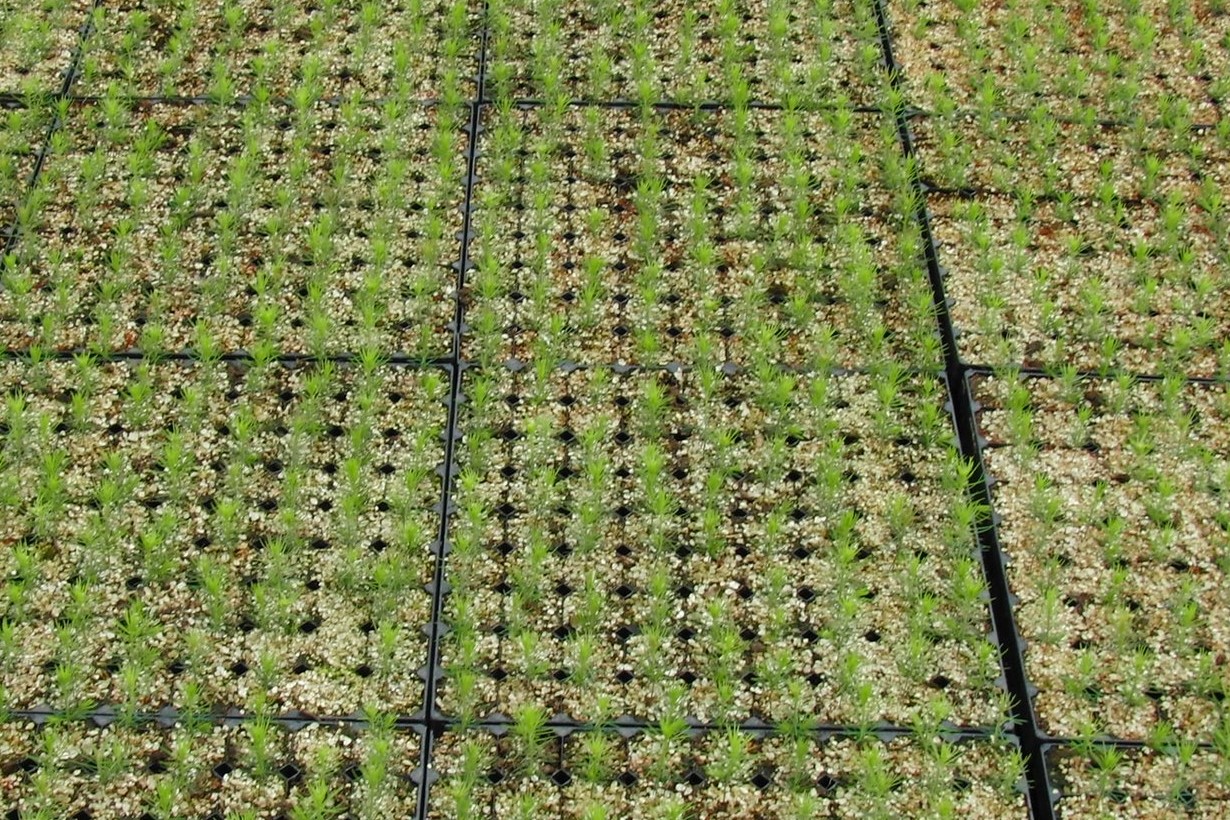 Creating bigger, stronger and more resilient trees
Creating bigger, stronger and more resilient trees
Finland’s famous forests are composed of trees that have been carefully chosen and cultivated since the 1960s. Part of this process is the practice of tree breeding: selectively breeding species of trees for forests that are as healthy, resilient and productive as possible.
To many, Finland’s forests seem ancient and unchanging. But they are actually composed of both naturally occurring forests and those in which the trees that have been carefully chosen and cultivated.
Part of this management is the little-known practice of tree breeding: selectively breeding different species of trees to genetically improve forest stock. This helps create forests that are as healthy, resilient and productive as possible.
What is tree breeding?
Tree breeding in Finland is conducted and managed by Luke, the Natural Resources Institute, according to guidelines created by the Ministry of Agriculture and Forestry. Thousands of the best specimens from various tree species are chosen from the forest because they have desirable characteristics: such as rapid growth; resistance to disease and weather conditions; or excellent wood.
These specimens are combined using a process known as ‘grafting, in which the tissues found in the trunks of each plant are grown together. The grafted specimens are placed in “seed orchards” where they pollinate each other as they would in an ordinary forest. This results in genetically improved seeds, because they come from random combinations of high-quality parent trees. The seeds from the orchard are then sown in tree nurseries and regeneration areas, raising the quality of the future forest. With each successive generation, as trees are selected and bred, the likelihood that they will carry beneficial genes is increased.
Selective breeding has long been used in agriculture and animal husbandry. Crops are bred to produce more food in less space. Animals are bred to improve behaviour or characteristics, such as friendly dogs or cows with better milk. Apart from fruit trees, which have been bred for centuries, tree breeding is a relatively new phenomenon. It began in the late 1940s and, because of the long time it takes for trees to grow and mature, the true benefits have only recently become known.
Why is tree breeding important?
Forests are crucial for ecosystems, the environment and, in Finland, the economy. Responsible tree breeding increases forest sustainability in all these areas. In an article for the Scandinavian Journal of Forest Research, a group of researchers and scientists—Gunnar Jansson, Jon Kehlet Hansen, Matti Haapanen, Harald Kvaalen and Arne Steffenrem—found that tree breeding in Finland has led to gains in the height and quality of Norway spruce, Silver birch and Scots pine. These improvements led to economic gains for the forestry sector.
Warming temperatures in northern Europe affect the growing conditions of forests, changing the length of growing seasons; the frequency of frosts, rain and snow; and introducing the threat of droughts, new diseases and pests. Jansson et al. stated that “changes in growth and vitality caused by climate change will have a significant economic effect on boreal forestry, and thereby, a potentially profound impact on Nordic societies.”
Tree breeding can help mitigate these risks, by cultivating trees that are less susceptible to infection, for example. The growth of healthy forests also helps the fight against climate change overall, by increasing carbon sequestration capacity and the availability of wood as an alternative to fossil fuels.
Many forestry companies utilise the research conducted by Luke. UPM is one of them and this allows the company to use top-quality seeds and carry out its forestry activities in a responsible and forward-looking way. Anne Immonen, a nursery manager for UPM, points out that “a healthy forest is always beneficial.” By using approved forest reproductive materials and knowledge, the company can ensure that “our species, which were naturally distributed after the Ice Age in Finland, provide a good basis for a healthy future in forests,” she says.
What about the future?
The direct genetic modification of trees is currently not allowed in most areas. Gene engineering and gene editing means actively changing the DNA inside an organism, in order to produce specific traits. Doing so with trees would speed up the process of making them resilient to pests, pathogens and changing environmental conditions. As the threat of a climate crisis speeds ever closer, what science is permitted to do in the face of it might shift, too. However, such advancements should be considered carefully, because they risk decreasing genetic diversity. For now, selecting desirable genes via natural tree breeding will continue in Finland, and UPM will continue using its outcomes to produce the best possible forests.
Text: Rachel Proby
Photography: UPM
